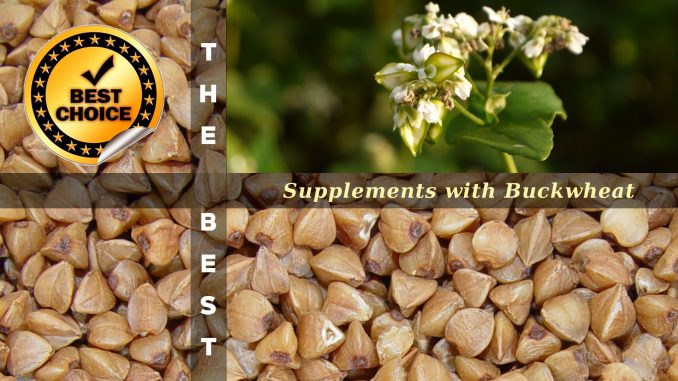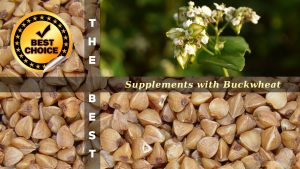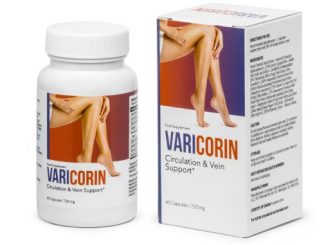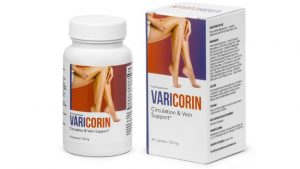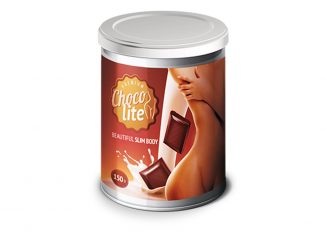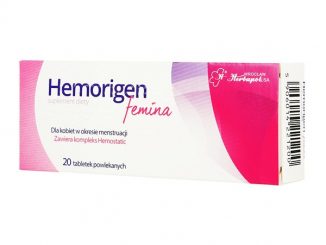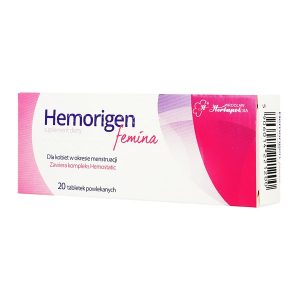The properties of Buckwheat
Despite the name, buckwheat is not related to wheat, as it is not a grass. Instead, buckwheat is related to sorrel, knotweed, and rhubarb. Because its seeds are rich in complex carbohydrates, it is referred to as a pseudocereal.
Buckwheat helps prevent mild symptoms related to diabetes, varicose veins, and high blood pressure.
Vitamin C from buckwheat extract – A completely natural and perfectly digestible form of vitamin C obtained from buckwheat seeds. Supports the body in the production of collagen to ensure the proper functioning of veins, arteries and small blood vessels.
Used for treating fragile capillaries, chilbains and for strengthening varicose veins. Used at a supporting herb for treating high blood pressure. Rutin is obtained from fresh or dried leaves and flowers.
The seed are commonly used in colic, choleraic diarrhoea and abdominal obstructions. Root decoction is used in rheumatic pains, lung diseases and typhoid; juice in urinary disorders. In China, used in pulmonary sepsis. The plant is used as a venous and capillary tonic, and for alleviating venous stasis and vericose veins.
Buckwheat is a good source of lysine and other amino acids.
Seed oil exhibits antimicrobial activity against Bacillus anthrasis, E.coli and Salmonella paratyphi.


























































